
Whether in the browser, via desktop app, or in Teams – reach users wherever they are digitally.
You are currently viewing a placeholder content from YouTube. To access the actual content, click the button below. Please note that doing so will share data with third-party providers.
More InformationOur connectors take existing access rights into account and integrate natively into your existing IT infrastructure. Our connectors include both the Online and On Premise version of the shown software. This list is constantly evolving.
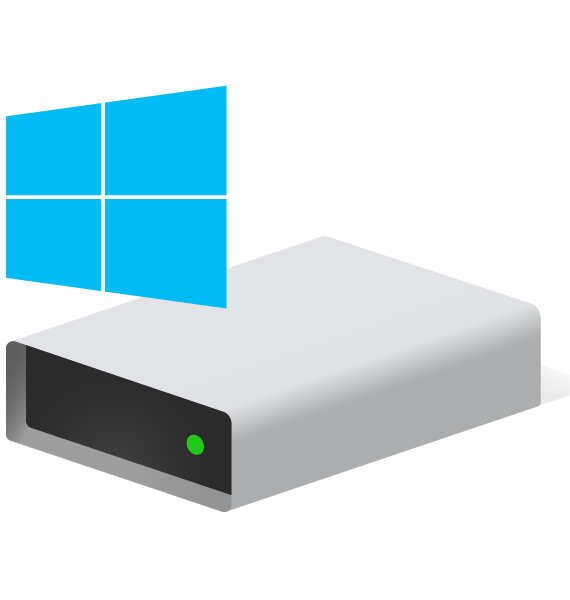
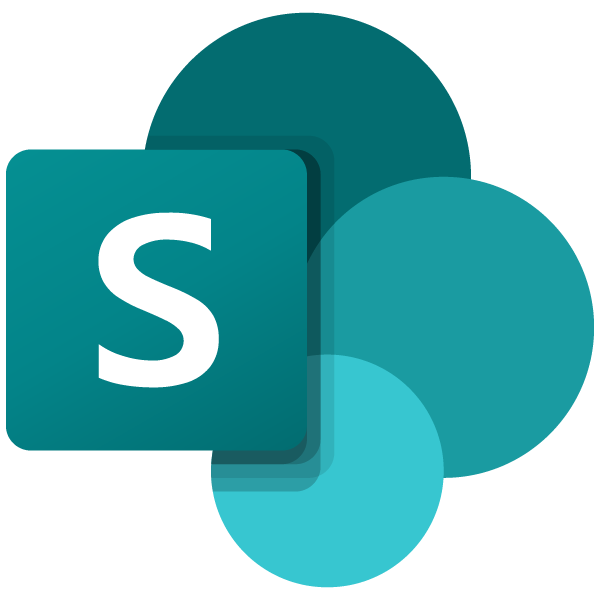




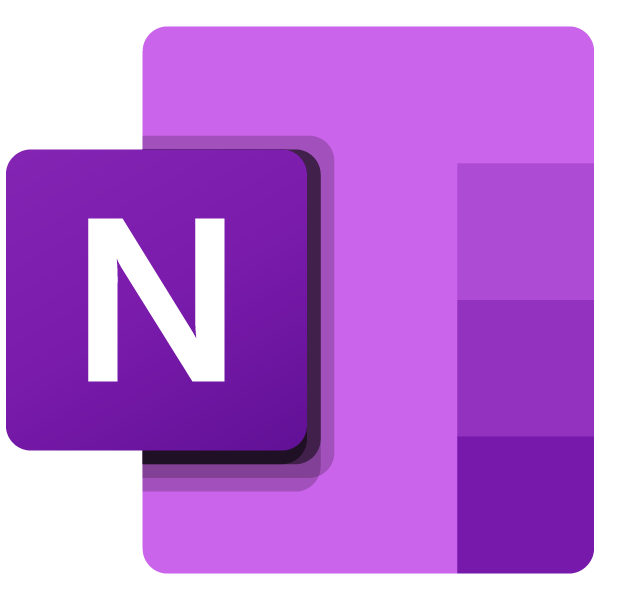






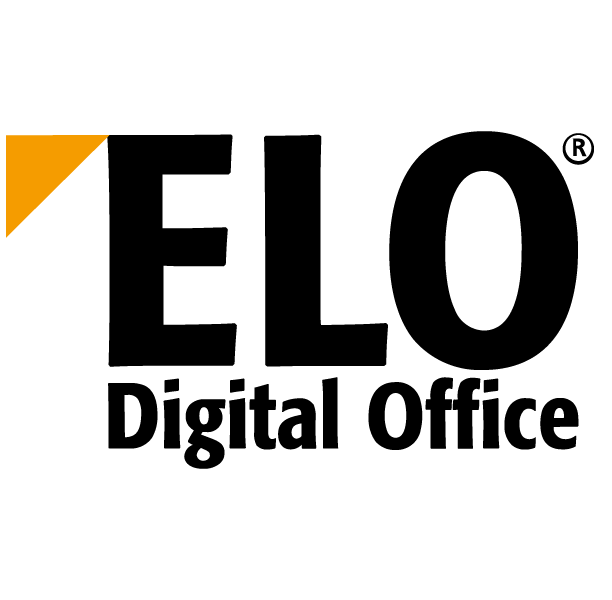



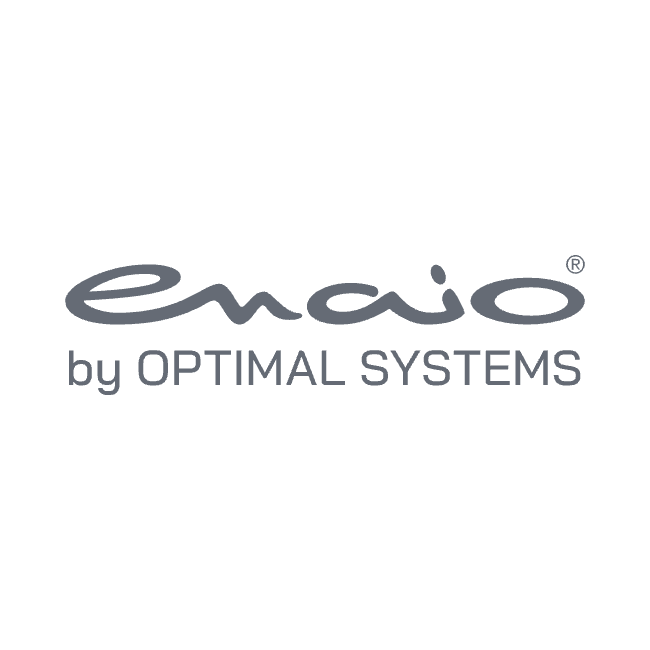

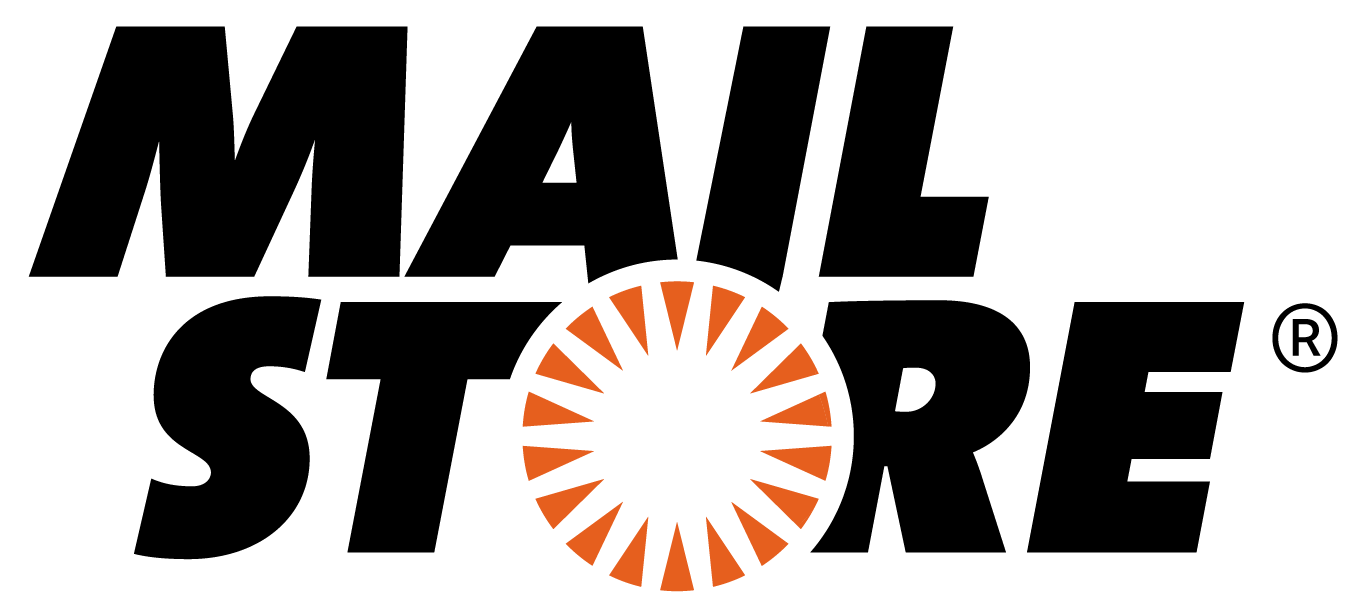





















Are you missing a specific connector? Then get in touch with us now and let us know.
Perhaps your desired connector is already in development?
For software solutions that have been developed by yourself or that can not be covered with a standard connector we have an open interface. This enables you cover all relevant information.
Integrate amberSearch into your systems to guarantee high availability. Improve the user experience and thus employee satisfaction of poorly searchable systems.

Whether in the browser, via desktop app, or in Teams – reach users wherever they are digitally.



Get inspired by real use cases from our customers.
At RAG, data silos were successfully broken down, which led to a significant improvement in internal processes. By implementing an intelligent search solution, search time was reduced by an impressive 40%. This optimization enables employees to access important information faster and more efficiently, which significantly increases productivity and the quality of work. RAG is thus setting new standards in the use and management of data within the company. Read the full story now.
Zentis, a leading foodtech company, was faced with the challenge of making the knowledge of its international R&D team, which was spread across different languages and locations, centrally accessible.
Initially, the system was designed to be usable for both German and selected English-speaking systems and a new R&D portal was integrated into SharePoint. The system was later expanded to include network drives and international DMS systems. In addition, a translation function was integrated, allowing users to display search results in their preferred language. As a central search tool, amberSearch is the place for all relevant information and thus enables existing information to be taken into account. This significantly increased the efficiency of the R&D team. Read the full story now.
As a leading planning office, SSP AG has introduced amberSearch to make its extensive internal knowledge and to increase efficiency. The solution enables employees to quickly find relevant information in different areas and to interact with the internal know-how, which which leads to higher productivity and fewer distractions. Special challenges such as GDPR compliance and the integration of existing access rights were existing access rights were successfully mastered. Read the full story now.
You are currently viewing a placeholder content from YouTube. To access the actual content, click the button below. Please note that doing so will share data with third-party providers.
More Information